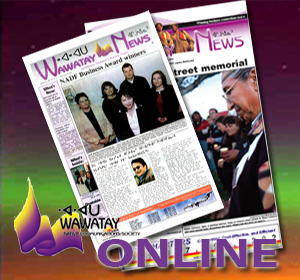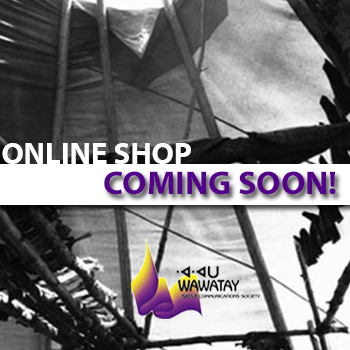I got good news this weekend thanks to my visit to the Diabetes Expo in Timmins. The Wabun Tribal Council health department set up an information booth at the event with a community health nurse who provided on the spot glucose level blood tests for visitors. As an aboriginal person I am aware of the high rate of this disease with First Nation people and to top it off I have family members who are living with diabetes so I had plenty of reason to get tested.
In the past I did not seriously consider getting a glucose test, partly out of fear that I may have the disease already. The Diabetes Expo made it easy so I sat down and got my finger pricked, watched as a drop of my blood blot onto a disposable paper test tab and in a minute I had my result. All I could think of while I was being tested was that I had consumed this huge breakfast of bacon and eggs, homefries and coffee. Like most people these days I don't exercise enough as I watch way too much TV and spend hours at the computer. I was worried my levels would jump completely off the scale. Thankfully, my blood sugar level registered 5.8, which is within the healthy normal range.
When I got up from the test, I felt like celebrating and chowing down on a chocolate cake or bag of chips or something really tasty. It was such a relief to know that I was on track with my sugar levels. Due to the fact that I have several close family members and many friends who have to deal with diabetes daily I have tried my best over the past few years to eat moderately and keep my sugar and fat intake down. I try to stay away from foods with lots of the white poison (sugar) and my big breakthrough was cutting back on soda pop, chocolate bars and candy.
When it comes to taking the blood glucose test, I think many people have the same counter intuitive fear that what we donít know wonít hurt us. Even if people have not had a diagnosis of diabetes and they don't feel dire symptoms of the disease they could still have a high glucose level. People can be living with a condition known as prediabetes, where an individual has a high glucose level but is just short of an actual diagnosis of the disease. It means that someone with prediabetes is on their way to having the full fledged disease if they donít get a handle on their diet and general health.
During the two day Diabetes Expo, I had an opportunity to listen to health professionals, front line health care workers and people living with diabetes communicate about this disease. They made it clear that diabetes is on the rise throughout the country. The rate is much higher for Aboriginal people.
I spoke to Chris Johnson, a presenter and public speaker known as 'Dr Laugh', about why diabetes education and public awareness was so important. He repeated a message that I heard from other health care workers during the two day event. The rise in the number of people living with diabetes or prediabetes in the next few decades will mean that this generation of young people will be the first to not outlive their parents. In a report by the Canadian Diabetes Association this past September, it is expected that by 2020, one in four people in Ontario will be living either with diabetes or prediabetes. Since Aboriginal people are more susceptible to this disease, it is also thought that there will be a higher rate of diabetes in the Native community. This is a life threatening situation.
I also had an opportunity to speak to someone from my home community of Attawapiskat. Elizabeth Etherington was open in talking about her diabetes, which was diagnosed in 1996. Her story was like many I had heard from First Nation people in the far north. She went into denial about her disease for a long time and never did much to slow or stop the progression of her diabetes. After watching others around her suffer with this disease, she decided to take responsibility of her own health and to seek treatment.
Her message of hope for others is based on her rediscovery of cultural and traditional knowledge. She took part in a healing lodge and learned from traditional teachers to look at her life in a more natural way that is more closely connected to the land and the environment. One change she made was in simply drinking water instead of juice or pop. She began to see that drinking pure water was a gift from the creator that was natural and healthy for us. Soon after, she began to apply this traditional view to the rest of her diet and it has helped in managing her diabetes. Along with a regular routine of exercise, over the past eight months, she has lost 25 pounds.
Even though I may have tested for a moderate blood glucose level, I need to now consider a full test to be sure of my health. I plan on taking care of myself by getting more physical exercise and cutting back on sweets and junk food. Thanks to Elizabeth I am reminded that natural foods and good old fashioned pure water is the way to go. My people lived this way for thousands of years and diabetes did not exist. Perhaps it is time to return to the traditions and cultural ways of our ancestors as it is a matter of survival.www.underthenorthernsky.com
If you pause to think about it, there are special people in our lives that we always assumed would always be around no matter where our life journe








If you pause to think about it, there are special people in our lives that we always assumed would always be around no matter where our life journey takes...
There have been so many changes over the past couple of decades for Indigenous First Nations and I am amazed at how life has changed for many people. Most...